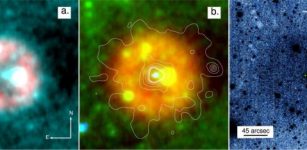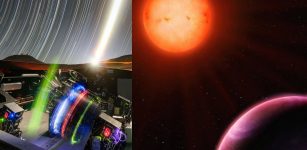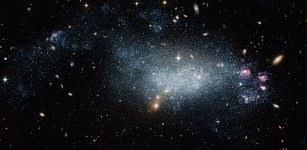Collision Course Established: Milky Way – Andromeda In Head-On Crash
MessageToEagle.com – The universe is expanding and accelerating, and collisions between galaxies located in close proximity to each other still happen. They are hardly a surprise because galaxies are bound by the gravity of the dark matter surrounding them.
It’s almost time for the Milky Way to get involved, too.
Only 4 billion years before a gigantic collision will take place between the Milky Way and Andromeda galaxy. NASA Hubble Space Telescope’s painstaking Telescope measurements are ready.
“After nearly a century of speculation about the future destiny of Andromeda and our Milky Way, we at last have a clear picture of how events will unfold over the coming billions of years,” said Sangm Tony Sohn of The Space Telescope Science Institute.
“Our findings are statistically consistent with a head-on collision between the Andromeda galaxy and our Milky Way galaxy,” said Roelandvan der Marel of the Space Telescope Science Institute (STScI) in Baltimore.
Andromeda, known also as M31 is now 2.5 million light-years away, but it’s is approaching us very fast. It’s inevitably falling toward the Milky Way under the mutual pull of gravity between the two galaxies and the invisible dark matter that surrounds them both.
It will be a great clash and the Milky Way is destined to get a major makeover during this encounter.
The Milky Way and Andromeda galaxies are the two largest in our cosmic neighborhood. Our Galaxy’s spiral disk of 200 billion stars, is approximately 100,000 light years in diameter; Andromeda is 4 times as massive and contains 500 billion stars.
Our solar system is approximately 28,000 light years from the centre of the Milky Way; Andromeda is around two million light years away.
Computer simulations derived from Hubble’s data show that it will take an additional two billion years after the encounter for the interacting galaxies to completely merge under the tug of gravity and reshape into a single elliptical galaxy similar to the kind commonly seen in the local universe.
It is likely the sun will be flung into a new region of our galaxy, but our Earth and solar system are in no danger of being destroyed.
Although the galaxies will plow into each other, stars inside each galaxy are so far apart that they will not collide with other stars during the encounter. However, the stars will be thrown into different orbits around the new galactic center. Simulations show that our solar system will probably be tossed much further from the galactic core than it is today.
And what will happen with Andromeda’s small companion, the Triangulum galaxy, M33?
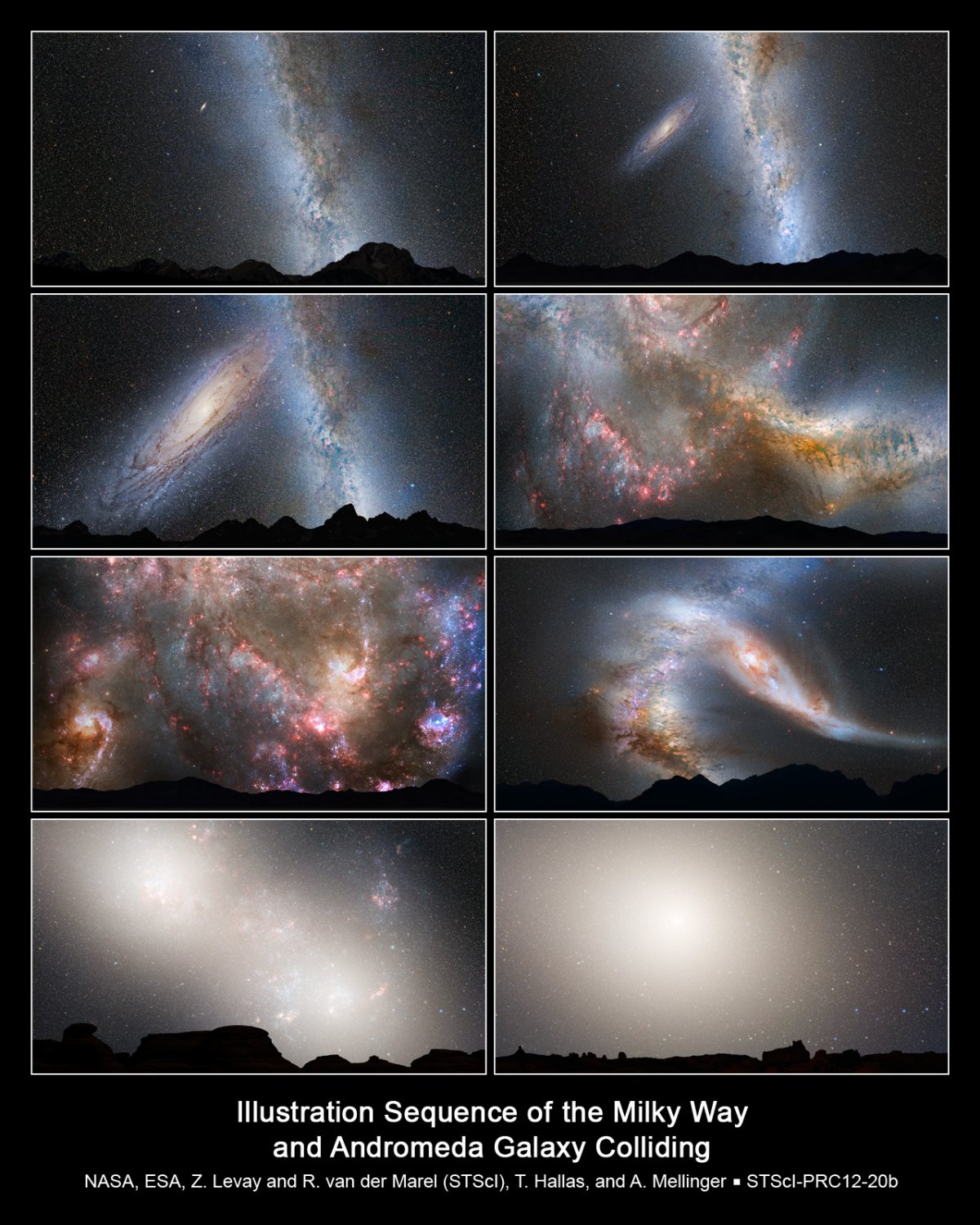
First Row, Left: Present day; First Row, Right: In 2 billion years the disk of the approaching Andromeda galaxy is noticeably larger; Second Row, Left: In 3.75 billion years Andromeda fills the field of view; Second Row, Right: In 3.85 billion years the sky is ablaze with new star formation; Third Row, Left: In 3.9 billion years, star formation continues; Third Row, Right: In 4 billion years Andromeda is tidally stretched and the Milky Way becomes warped;Fourth Row, Left: In 5.1 billion years the cores of the Milky Way and Andromeda appear as a pair of bright lobes;Fourth Row, Right: In 7 billion years the merged galaxies form a huge elliptical galaxy, its bright core dominating the nighttime sky. Credit: NASA; ESA; Z. Levay and R. van der Marel, STScI; T. Hallas, and A. Mellinger
It will join in the collision and perhaps later merge with the M31/Milky Way pair but astronomers estimate that M33 will hit the Milky Way first.
The Hubble Space Telescope’s deep views of the universe show such encounters between galaxies were more common in the past when the universe was smaller.
A century ago astronomers did not realize that M31 was a separate galaxy far beyond the stars of the Milky Way. Edwin Hubble measured its vast distance by uncovering a variable star that served as a “milepost marker.
Hubble went on to discover the expanding universe where galaxies are rushing away from us, but it has long been known that M31 is moving toward the Milky Way at about 250,000 miles per hour.
That is fast enough to travel from here to the moon in one hour. The measurement was made using the Doppler effect, which is a change in frequency and wavelength of waves produced by a moving source relative to an observer, to measure how starlight in the galaxy has been compressed by Andromeda’s motion toward us.
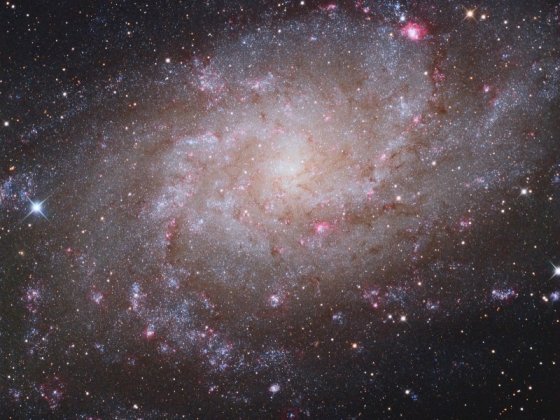
Previously, it was unknown whether the far-future encounter will be a miss, glancing blow, or head-on smashup. This depends on M31’s tangential motion. Until now, astronomers had not been able to measure M31’s sideways motion in the sky, despite attempts dating back more than a century.
The Hubble Space Telescope team, led by van der Marel, conducted extraordinarily precise observations of the sideways motion of M31 that remove any doubt that it is destined to collide and merge with the Milky Way.
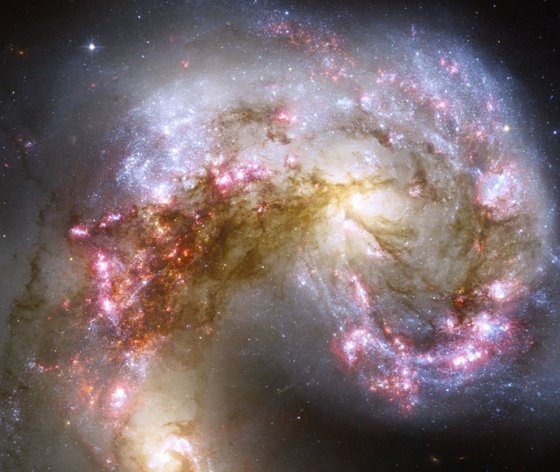
Two galaxies are squaring off in Corvus and here are the latest pictures. When two galaxies collide, however, the stars that compose them usually do not. This is because galaxies are mostly empty space and, however bright, stars only take up only a small amount of that space. During the slow, hundred million year collision, however, one galaxy can rip the other apart gravitationally, and dust and gas common to both galaxies does collide. In the above clash of the titans, dark dust pillars mark massive molecular clouds are being compressed during the galactic encounter, causing the rapid birth of millions of stars, some of which are gravitationally bound together in massive star clusters. Credit: NASA, ESA, and the Hubble Heritage Team (STScI/AURA)-ESA/Hubble Collaboration Acknowledgment: B. Whitmore (Space Telescope Science Institute) et al.
“This was accomplished by repeatedly observing select regions of the galaxy over a five- to seven-year period,” said Jay Anderson.
“In the worst-case-scenario simulation, M31 slams into the Milky Way head-on and the stars are all scattered into different orbits,” said Gurtina Besla of Columbia University in New York.
“The stellar populations of both galaxies are jostled, and the Milky Way loses its flattened pancake shape with most of the stars on nearly circular orbits. The galaxies’ cores merge, and the stars settle into randomized orbits to create an elliptical-shaped galaxy,” Besla added.
The space shuttle servicing missions to Hubble upgraded it with ever more-powerful cameras, which have given astronomers a long-enough time baseline to make the critical measurements needed to nail down M31’s motion.
The Hubble observations and the consequences of the merger are reported in three papers that will appear in an upcoming issue of the Astrophysical Journal.
MessageToEagle.com via NASA/Hubble


